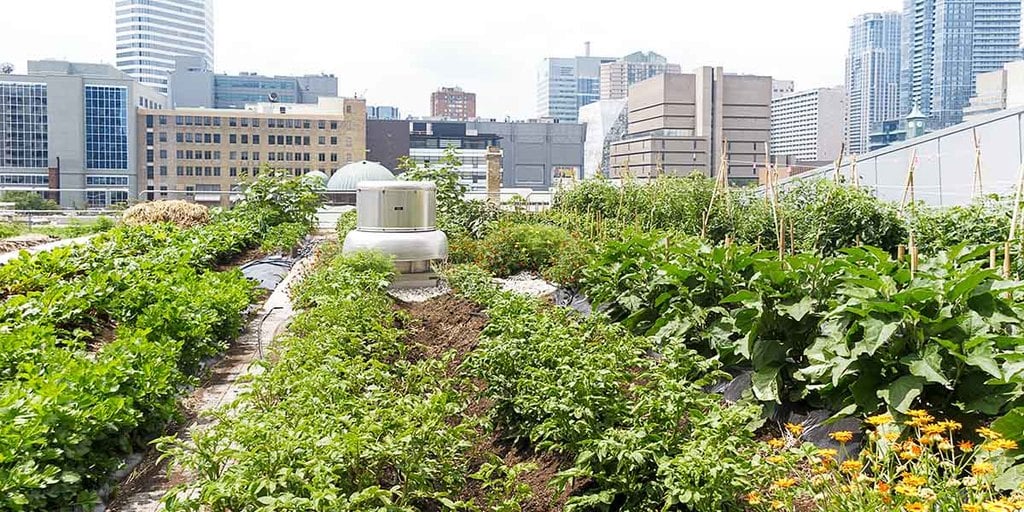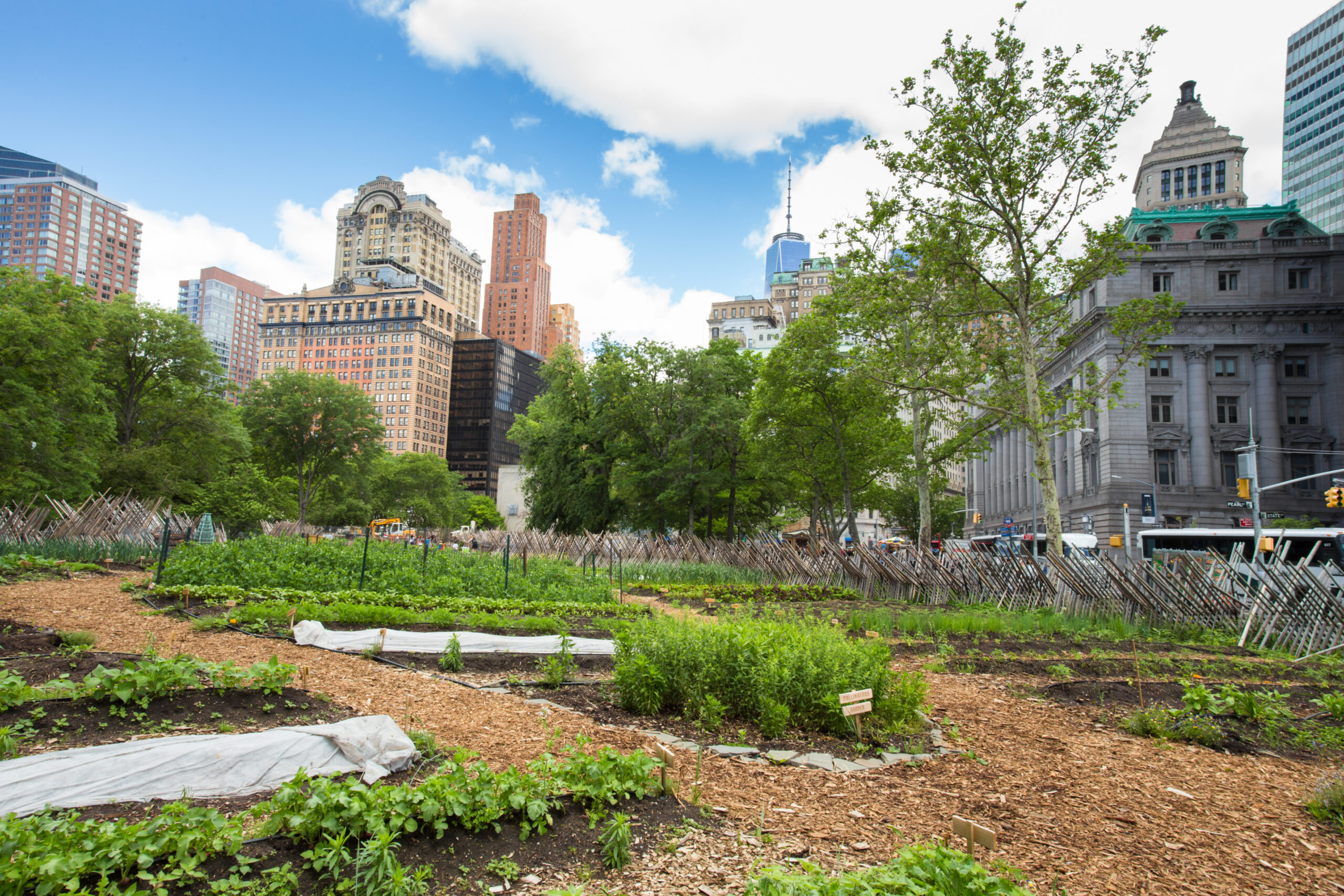The Facts About City Blooming Revealed
The Single Strategy To Use For City Blooming
Table of ContentsThe Basic Principles Of City Blooming Not known Details About City Blooming Unknown Facts About City BloomingThe 9-Second Trick For City BloomingExcitement About City Blooming
Fascinated in growing food for sale in the City of Chicago? Below is a list of regularly asked concerns relating to the guidelines and regulations that growers must take into consideration when planning a city agriculture job.
The zoning change does not change any other codes handling composting, structure permits, acquiring or leasing City had residential property, organization licenses or environmental contamination. There are existing codes that manage these problems and they continue to be completely impact and may apply to your job. Community gardens are typically possessed or handled by public entities, public companies or community-based organizations and kept by volunteers.
Urban ranches expand food that is intended to be marketed, either on a not-for-profit or for-profit basis. Due to their commercial function, urban ranches require a company permit.
7 Easy Facts About City Blooming Described
The quantity of compost product can not exceed 25 cubic lawns at any kind of provided time according to the criteria in 7-28-715 of the City's Municipal Code. Due to the fact that the soil at a lot of new yard websites needs changing, garden compost, soil, wood chips, or various other products can be obtained to build or enhance the growing area.

If a structure authorization is needed after that the hoophouse will certainly be thought about an accessory structure. You can locate out even more concerning the building permit needs by calling the Division of Structures. The 25,000-square-foot size restriction is planned to avoid a single community yard from dominating an offered block or detracting from the block's existing property or business personality.
The restriction does not use to gardens situated in Public Open Room (POS) areas. Can there be more than one community yard that is 25,000 square feet on a solitary block? Fence is not needed, nevertheless, yards that have large car park areas might be needed to mount fence or various other landscaping functions.
Fascination About City Blooming
B1 & B2 areas require that all commercial use tasks be conducted inside your home. Is secure fencing required for metropolitan farms? Fencings may be needed, along with landscaping and testing, for specific car parking areas and exterior job or storage space areas depending on location and the certain task taking location.
Urban ranches need structure permits and zoning authorizations prior to construction (sustainable gardening). Various other forms of city review might be required depending on specific structures, tasks, dimension, landscaping, licensing, public health and stormwater monitoring issues.
Yes. The sort of permit is determined by what is occurring at the site. The Department of Business Affairs and Consumer Defense can help establish the particular sort of service certificate that's needed. Yes. Off road vehicle parking is needed for a lot of business projects in Chicago. The required variety of garage is based upon the number of employees dealing with website and not the square video of the expanding space.
9 Simple Techniques For City Blooming

Yes. A city ranch can offer compost material created on website, however, the procedure must follow the regulations in 7-28-715 of the Chicago Municipal Code. Yes. Aquaponic systems are permitted indoors on urban ranches in many zoning areas. A zoning review and building license is required in order to install frameworks or systems and a company license is required as described above.
As much as five hives or colonies of honey bees may be kept as an accessory use. Beekeepers need to register with the Illinois Department of Agriculture. To find out more concerning the recommended zoning amendment you might contact the Department of Real Estate and Economic Growth, Bureau of Planning and Zoning at 312.744.8563.
, which takes place in rural areas at the edge of suburbs.
A Biased View of City Blooming
, who seek to create social networks started on a common principles of nature and area holism. These networks can develop by way of formal institutional support, becoming incorporated into local community preparation as a "shift community" movement for lasting metropolitan advancement.
In either situation, the more straight accessibility to fresh veggie, fruit, and meat items that might be understood via urban farming can enhance food safety and food safety while lowering food miles, bring about lower greenhouse gas exhausts, thereby adding to environment modification reduction. Several of the first evidence of urban agriculture originates from Mesopotamia.